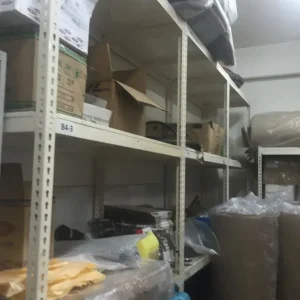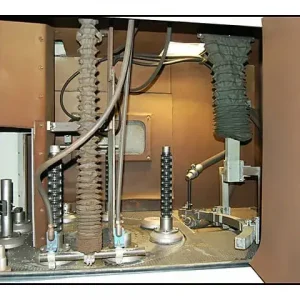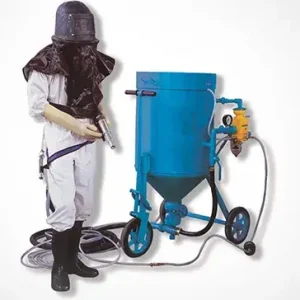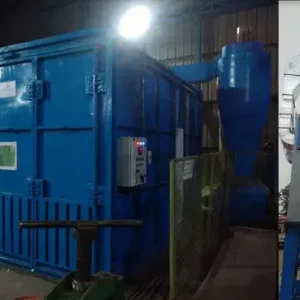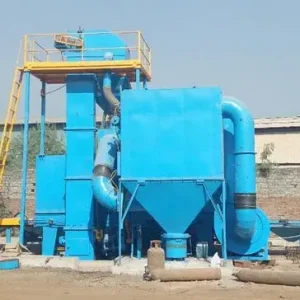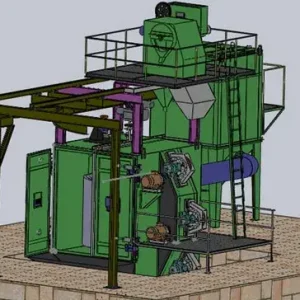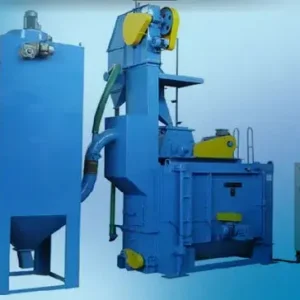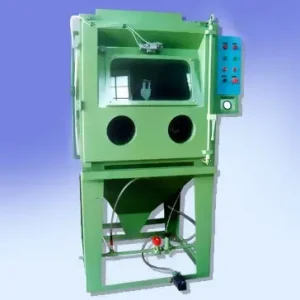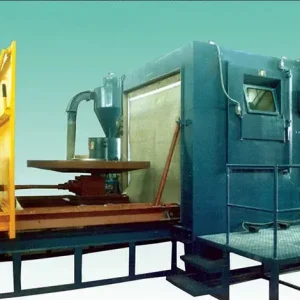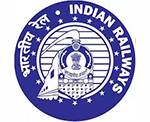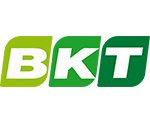Choosing the right nozzle size for sand blasting is a crucial decision that directly affects the efficiency, surface finish quality, media consumption, and overall performance of your blasting process. Whether you’re working on small components, heavy structures, or delicate surfaces, the nozzle size must align with your compressor capacity, media type, and desired output.
In this guide, we’ll break down how nozzle size impacts the blasting process and how to choose the right one for your needs.
What Does Nozzle Size Mean in Sand Blasting?
The nozzle size refers to the internal diameter of the nozzle’s opening, typically measured in millimeters or inches. This size controls the volume of air and abrasive media that passes through the nozzle. It also determines the blasting pressure, coverage area, and speed of cleaning.
Common Nozzle Sizes and Their Applications
| Nozzle Size (mm) | Recommended Use |
|---|---|
| 3 mm (1/8″) | Light blasting work, cleaning small parts, or fine detail work |
| 4.8 mm (3/16″) | Small-scale blasting for automotive parts, tools, etc. |
| 6.4 mm (1/4″) | General-purpose industrial cleaning, small machinery |
| 8 mm (5/16″) | Medium-duty blasting, fabrication shops, rust removal |
| 9.5 mm (3/8″) | Heavy rust, large surfaces like tanks, ship parts |
| 11 mm (7/16″) & above | High-production blasting, bridges, pipelines, structural steel |
How to Choose the Best Nozzle Size
1. Compressor Output
Your air compressor CFM (Cubic Feet per Minute) must match the air consumption of the nozzle.
- Smaller nozzles (3–6 mm) require less air (100–250 CFM).
- Larger nozzles (8–11 mm) may require 300–800+ CFM.
Tip: Always ensure your compressor can maintain the required pressure (usually 80–100 PSI) for your selected nozzle size.
2. Type of Abrasive Media
Coarser and heavier abrasives like steel grit need larger nozzles to prevent clogging.
Finer abrasives like aluminum oxide can be used with smaller nozzles for precision work.
3. Surface Area to be Treated
- For small, intricate surfaces, use a small nozzle for better control.
- For large flat surfaces, a bigger nozzle improves coverage and speed.
4. Desired Surface Finish
Smaller nozzles deliver higher velocity for aggressive cleaning or deeper profiling.
Larger nozzles may be better for uniform texture and faster removal of scale or paint.
Conquer Rust and Rejuvenate Metal: AeroWheel - Your Jodhpur Blast Room System Powerhouse
Industries That Rely on Sand Blasting in India
Applications of Shot Blasting in Aerospace and Defense
Nozzle Material Also Matters
Nozzles come in various materials depending on wear resistance and application:
- Tungsten Carbide: Long-lasting, suitable for all media.
- Boron Carbide: Best for very abrasive media, higher lifespan.
- Ceramic: Economical, good for short-term or light-duty work.
- Silicon Carbide: Offers a balance between cost and durability.
Best Practices for Nozzle Selection
- Replace worn nozzles regularly — even a 1 mm increase in diameter reduces blasting efficiency and increases air consumption.
- Use a nozzle with a venturi design for higher blasting speed and broader coverage.
- Always match your nozzle to your blasting pot capacity, compressor rating, and job requirement.
Conclusion
There is no one-size-fits-all answer to which nozzle size is best for sand blasting. The ideal nozzle size depends on your application, compressor power, abrasive type, and desired finish. For general use in industrial setups, 6–8 mm nozzles offer a great balance of efficiency and control.
If you’re still unsure which nozzle suits your project, our experts can help you evaluate your requirements and suggest the best-fit solution based on your setup and goals.








